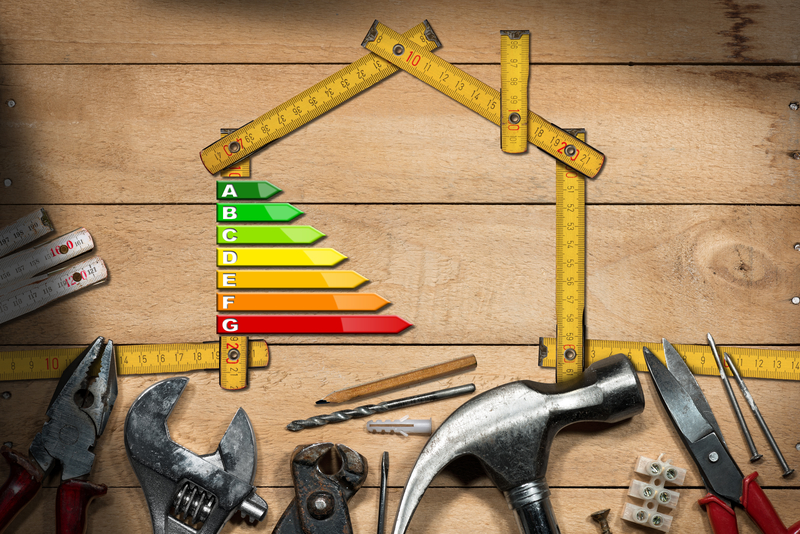- Call us today
- (319) 232-6665
- Office Hours
- MON-FRI: 8-4 | SAT BY APPT
Critical Elements in an Energy Efficient Home Design
Designing an energy-efficient home requires thoughtful planning and execution. Choices regarding the siting and location of a house, the daylighting and lighting, heating and cooling, and water heating, all have an impact on the energy efficiency of a home. Even homes not designed with energy efficiency in mind can become more efficient with easy changes.
Insulation
An energy-efficient home starts in the walls where good insulation is key. There are a number of types of insulation, some of the most popular being fiberglass, cellulose, and foam. If your home is insulated but you have concerns about it, there are ways to measure its depth and determine whether you need more. It is also important to have efficient windows and doors to help regulate the temperature in your home. Repairing your existing windows and doors, or installing new ones can make a huge difference in energy savings.
Renewable Energy
Bringing renewable energy sources into your home can also help improve the efficiency of your home. An easy way to do this is by installing solar panels on the roof of your home. In addition to helping the environment, solar panels can help you save on your energy costs, and may eliminate them completely. The expenses you may be able to make up expenses paid for installing solar through the federal solar tax credit. This credit can cover expenses such as contractor fees, the solar panels themselves, and associated energy storage devices. You can still qualify for a solar tax credit if you install a system before 2023.
Heating and Cooling
If you are looking to maximize your home’s energy efficiency, installing a programmable thermostat is a good way to go. These devices allow you to adjust the times that your heating and cooling systems turn on during the day for maximum efficiency. This preset schedule allows you to set it and forget it, but still, be able to make a one-time change in temperature without disturbing the preset schedule. Smart thermostats have advanced features such as motion sensors, and can automatically adjust by noticing whether you are home or away through the location setting in your smartphone.
The envelope of your home is where energy efficiency begins, but there are many other design elements that can improve efficiency. Some homes can benefit from passive solar design, and all homes can benefit from energy-rated appliances. If your existing home does not pass the test, look for areas of improvement and make small changes.
Read this next: Simple Ways to Keep Your Home Cool During Summer










